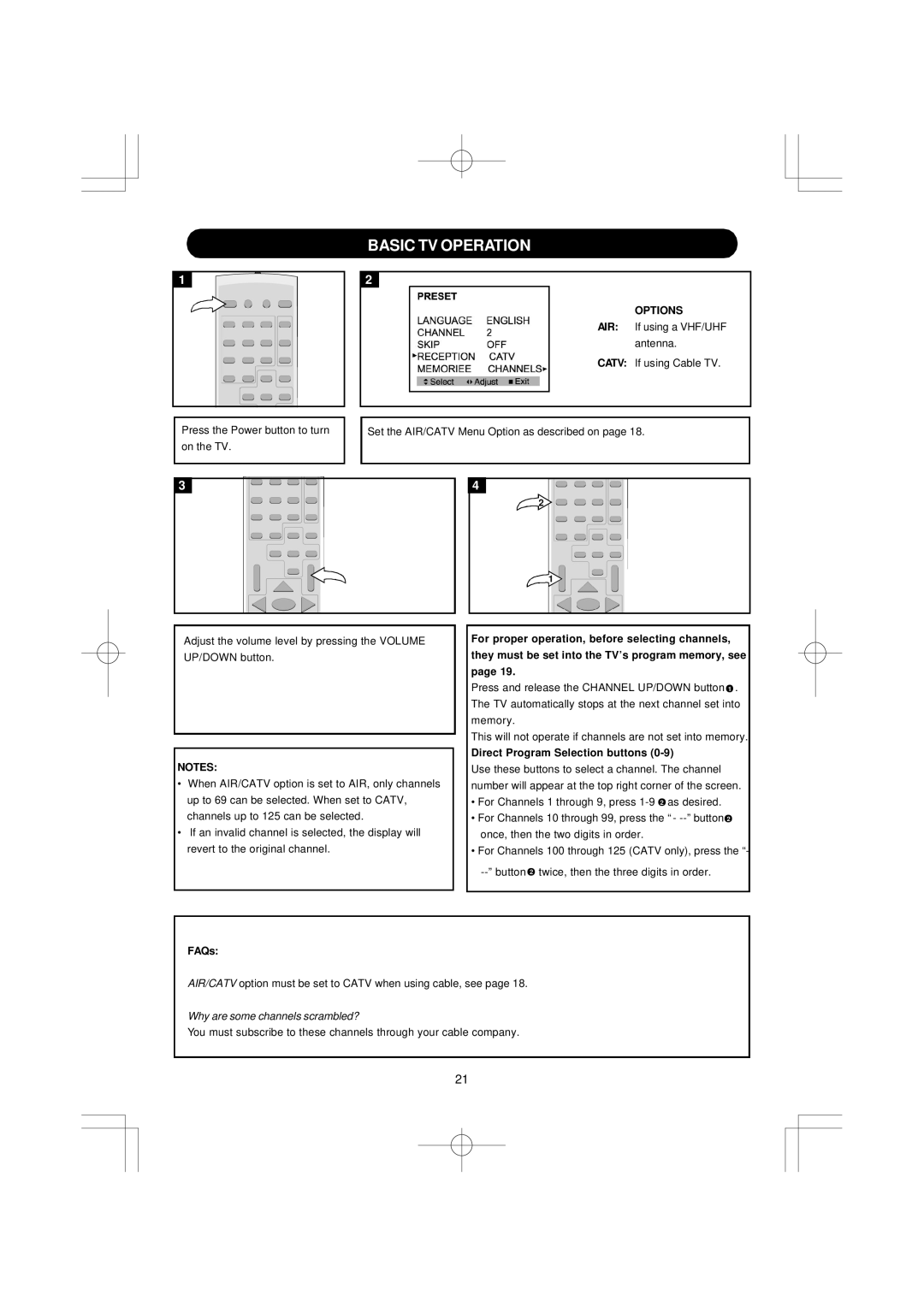DTE351 specifications
The Emerson DTE351 is a revolutionary device designed for the modern industrial landscape, offering enhanced monitoring and control capabilities. This intelligent automation solution is particularly noted for its compactness, ease of integration, and robust performance, making it an ideal choice for various applications in sectors such as manufacturing, energy, and utilities.One of the key features of the DTE351 is its advanced data acquisition system. The device is equipped with multiple input/output channels that enable real-time monitoring of equipment performance. Whether monitoring temperature, pressure, flow, or other critical parameters, the DTE351 ensures precise data collection, allowing operators to make informed decisions quickly. This capability is particularly beneficial in environments where downtime can lead to costly losses.
The DTE351 also integrates seamlessly with Emerson’s PlantWeb ecosystem, facilitating connectivity with other Emerson devices and systems. This interoperability allows for streamlined communication across various assets, enhancing overall operational efficiency. The ability to centralize data from different sources into a single platform empowers operators to visualize conditions, trends, and alerts, leading to improved maintenance strategies and reduced risks.
Moreover, the Emerson DTE351 is designed with cutting-edge cybersecurity features. In an age where industrial control systems are increasingly targeted by cyber threats, having robust security measures is critical. The DTE351 employs multiple layers of security protocols to safeguard sensitive data, ensuring that operations remain protected against potential vulnerabilities.
Another notable characteristic of the DTE351 is its user-friendly interface. The device includes an intuitive touchscreen display, providing operators with easy access to real-time data and configurations. Enhanced usability minimizes the learning curve for new users, facilitating faster onboarding and operational efficiency.
In terms of energy efficiency, the DTE351 employs state-of-the-art power management technologies. Designed to optimize energy consumption, the device contributes to sustainability initiatives while minimizing operational costs.
Overall, the Emerson DTE351 stands out as a versatile, reliable, and secure solution for industrial automation. With its combination of advanced data acquisition, seamless integration with existing ecosystems, robust cybersecurity, user-friendly interface, and energy-efficient design, the DTE351 is well-positioned to meet the challenges of contemporary industrial operations. It represents a significant step forward in the push towards smarter, more connected industrial environments.

